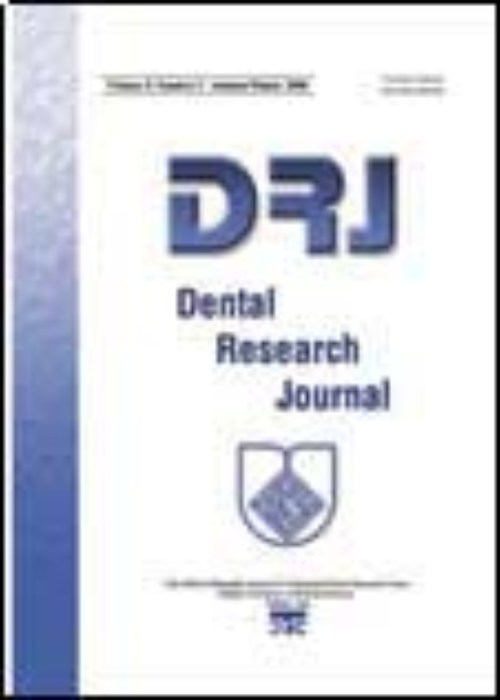Effect of bleaching with 15% carbamide peroxide on color stability of microhybrid, nanohybrid, and nanofilled resin composites, each in 3 staining solutions (coffee, cola, red grape juice): A 3‑phase study
The literature on the effect of bleaching on stainability and color stability of any composites is scarce and controversial. In the case of some composites and/or bleaching agents or staining solutions, there is no previous study. Therefore, this rather large study was conducted for the first time to examine simultaneously the effects of bleaching and 3 staining solutions on 3 composite types.
This 3‑phase experimental in vitro study was performed on 18 groups of 5 specimens each: 90 composite discs with 10 mm diameter and 1 mm thickness were fabricated from 3 resin composites (microhybrid, nanohybrid, and nanofilled). Forty‑five discs underwent bleaching with 15% carbamide peroxide, and the remaining 45 were immersed in distilled water at room temperature. The color assessment was performed before and after this step, and ∆a, ∆b, and ∆L color parameters were calculated for each specimen. The specimens were then immersed in coffee, cola, and red grape juice for 2 weeks, and underwent colorimetry again. The simultaneous effects of bleaching and staining agents and composite types on ΔE (color changes) of composite specimens were analyzed using an independent‑samples t‑test, a Mann–Whitney U‑test, and two‑way and one‑way analysis of variances followed by a Tukey and a Dunnett’s T3 tests ( = 0.05).
Bleaching had no significant effect on color changes of microhybrid, nanohybrid, or nanofilled composites (P > 0.05). The stainability of composites did not increase after bleaching (P > 0.05). Regardless of the composite type and the presence of bleaching, coffee had the worst effect on color of composite specimens, while cola had the smallest staining effect (P < 0.05).
Stainability of microhybrid/nanohybrid/nanofilled composites did not increase after bleaching with 15% carbamide peroxide. Coffee should be consumed with care, as far as composite coloring is a concern, regardless of the type of composite in use or its bleaching history. Cola was the weakest stainer. Coffee always caused perceptible staining (ΔE >3.7), regardless of the composite in use or its bleaching history. Red grape juice caused such perceptible colorations in most cases. Cola did not cause any perceptible discoloration in most cases.
- حق عضویت دریافتی صرف حمایت از نشریات عضو و نگهداری، تکمیل و توسعه مگیران میشود.
- پرداخت حق اشتراک و دانلود مقالات اجازه بازنشر آن در سایر رسانههای چاپی و دیجیتال را به کاربر نمیدهد.


